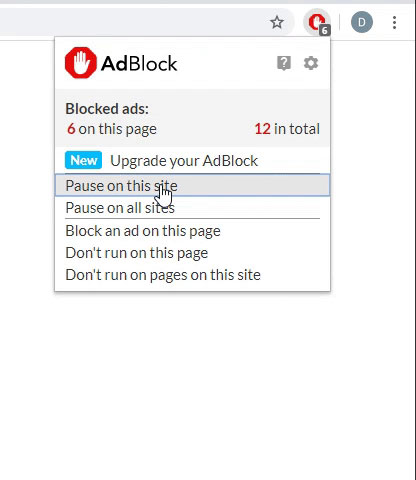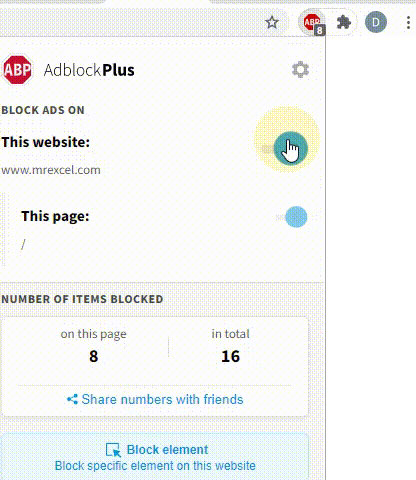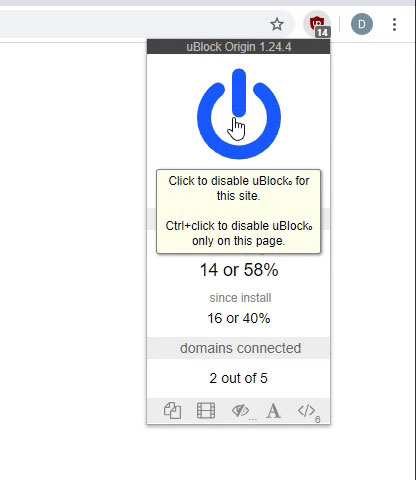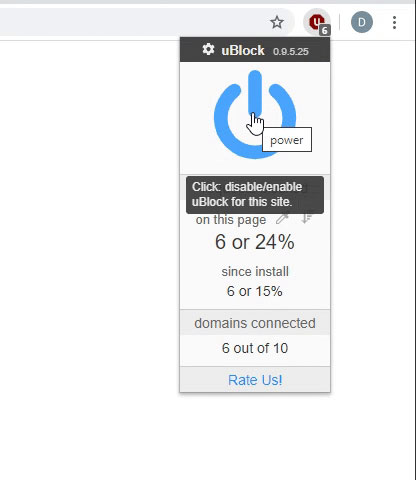dropkickweasel
Board Regular
- Joined
- Feb 2, 2014
- Messages
- 70
I am applying conditional formatting to each row based on a date in one cell in each row.
Dates are in Column G, starting at G2.
The number of rows in the dataset will vary.
I would like for the conditional formatting to apply to each row on the sheet and to update automatically as the dataset increases/decreases.
I have tried using OFFSET to make this work.
=OFFSET(Sheet2!$G$2,0,0,COUNTA(Sheet2!$G:$G)-1,1)
It works in the first instance, but doesn't apply to new rows added to the dataset.
It seems that Excel converts the offset formula to absolute references - $G$2:$G$8 - based on there being data in the first 8 rows.
When I add data to row 9, the conditional formatting does not automatically apply to this new row.
I cannot convert the dataset to a table as it is populated using a FILTER formula drawing from another table.
If I try to convert to a table, I get a #SPILL error.
My current solution is to apply the conditional formatting to $C:$C, and add an additional condition to leave blank cells unformatted.
Is there any downside to my current solution?
The dataset could (theoretically) be any number of rows, but is unlikely to go above 1000.
Thanks for any input.
Dates are in Column G, starting at G2.
The number of rows in the dataset will vary.
I would like for the conditional formatting to apply to each row on the sheet and to update automatically as the dataset increases/decreases.
I have tried using OFFSET to make this work.
=OFFSET(Sheet2!$G$2,0,0,COUNTA(Sheet2!$G:$G)-1,1)
It works in the first instance, but doesn't apply to new rows added to the dataset.
It seems that Excel converts the offset formula to absolute references - $G$2:$G$8 - based on there being data in the first 8 rows.
When I add data to row 9, the conditional formatting does not automatically apply to this new row.
I cannot convert the dataset to a table as it is populated using a FILTER formula drawing from another table.
If I try to convert to a table, I get a #SPILL error.
My current solution is to apply the conditional formatting to $C:$C, and add an additional condition to leave blank cells unformatted.
Is there any downside to my current solution?
The dataset could (theoretically) be any number of rows, but is unlikely to go above 1000.
Thanks for any input.





